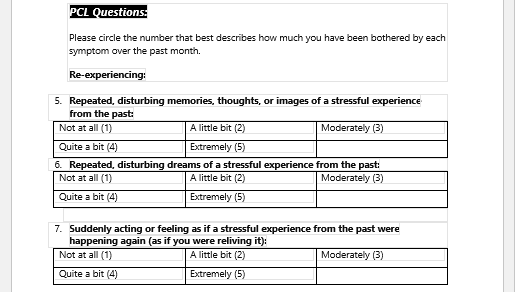What is botulinum toxin?
There are some toxins and vaccines that are protein-based in nature. Botulinum toxin is one of them and is known basically as a neurotoxin. The toxin is produced by a bacteria known as Clostridium botulinum. This bacterium releases the toxin, which causes flaccid paralysis in the infected person. After recent research and studies, the toxin is now used and produced commercially for different purposes.
Characteristics of Botulinum toxin
The neurotoxin released by the bacterium is considered extremely lethal, with acute fatal effects. The toxin is available in 8 types and is named alphabetically from A to H. Out of which the first two are capable of causing disease. The last type, or H, is considered the deadliest of all. The word “botox” is the trade name under which the toxin is sold all over the world.
Medical Uses of Botulinum toxin
Despite being deadly, the toxin is used for many reasons in the medical sciences. Muscle spasticity is one of the most common reasons for the use of Botox. It is used in all conditions that involve overactive muscles, for example, spasticity that occurs after a stroke or spinal cord injury.
Muscle spasticity
Since the toxin causes flaccid paralysis, it is widely used against diseases that involve overactive muscles, causing an increased tone of the limbs or certain groups of muscles. Some of the common conditions in which botulinum toxin is used post-spinal cord injury are stroke, spasms of the head, neck vocal cords, etc. It is also used for the treatment of an overactive bladder, the clenching of the anus, and the proper alignment of the eyelids.
Excessive sweating and migraines
Non-muscular use of the toxin was first demonstrated by David Park and Khalaf Bushara in 1993. They observed the inhibition of sweating by the use of the toxin in England. In 2010, botulinum injections were prophylactically used for the prevention of migraine headaches in chronic migraine patients.
Cosmetic use of the botulinum toxin
It is the most commonly known use of toxin around the world. Reduction of facial wrinkles is the most common cosmetic use of the injection, which comes under the name of Botox injection.
Botox consent form
The Botox toxin comes with many cosmetic benefits, but it does not come alone. There are some side effects as well. Bruising, facial asymmetry, under- or over-correction, generalized weakness, nausea or headache, and a theoretical risk of virus transmission are some of the most common side effects of the toxin.
So, it is important that the doctor who is carrying out the Botox treatment first obtain informed and written consent. All the side effects and contraindications have to be mentioned in the consent form, which the patient reads and signs. He has to sign an undertaking in which he declares that his doctor has informed him of all the possible consequences of the Botox injections and that he is willing to go for the injection, taking all the responsibility.
- Trackers for Medical Facilities
- Nursing Documentation Templates
- Letters for being Unfit to Travel
- Mental Health Evaluation Forms
- Forms Used by Pediatricians
- Various Forms Related to Pregnancy Verification
- Common Forms Used by ENT Specialists
- Patient Registration Confirmation Messages
- Quotation Letter for Medical Services
- Mental Health Letter by Doctor
- Excuse Letter for Absence due to Medical Checkup
- Response Letter to Feedback on Improvement in Hospital
- Letter to a Mother Who Miscarried
- Patient Feedback Letter Complaining on Issues or Incidents
- Letter to Family about Miscarriage



